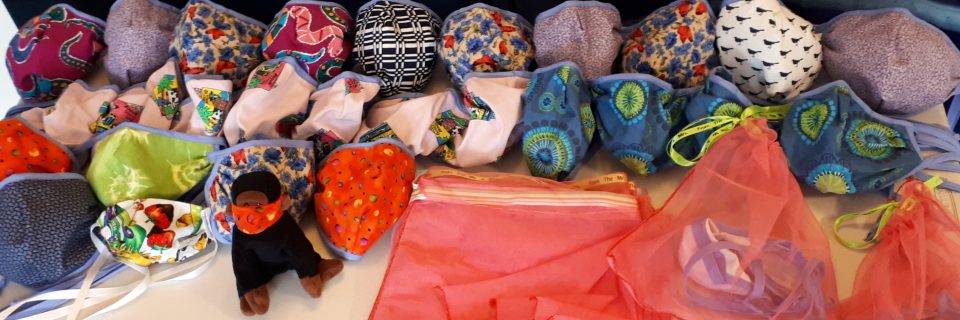Differentiated Strategies for Learning
What are differentiated strategies for learning?
Differentiated strategies for learning are involved in the process of teaching in an equitable environment where all students can be successful in achieving curriculum goals. Reading literature that addresses social issues, gender roles, race relations, ecology, war, religion and politics creates an opportunity to have critical conversations. Teachers and students need to be able to question the way the world is represented in literature, analyse the construction of gender, race ethnicity, and social class. They need to investigate the themes and concepts that connect literature to life.
How does a teacher differentiate his/her instruction?
Teachers select content, text levels, instructional approaches, and tasks that are appropriate for each student. Teachers develop open-ended assignments with various points of entry and exit. Teachers provide students, either individually or in flexible groups, with explicit instruction that is appropriate to their assessed needs and interests. Teachers select appropriate content to students. They frequently monitor and provide ongoing feedback to students and respond to the changing needs.
What about differentiated instruction in the multilingual context?
English language learners need to be actively involved in literacy and one way to do that is to allow them to connect what they know in their first language to English. This is a challenge for all teachers who work in multicultural classrooms. In addition to reading and writing, teachers might consider the potential of new technologies to assist these students (web pages, internet-based sister-based class projects). Linking an English language learner with more fluently bilingual students, bilingual teachers or volunteers may be a way to differentiate instruction. Dual language books and writing dual language stories may also help affirm students’ identities and help them express their intelligence.
Getting to know each student is one of the best ways to set the stage for differentiated instruction. Teachers need to know about their students’ multiple intelligences to be able to successfully program instruction. The more we learn about our students, the more ways we have of seeing them, the more we learn about the different ways they know their world, the better we can assess them and program for their educational success.
Teachers can differentiate by:
- Content
- Process
- Product
Examples of strategies and materials used to differentiate instruction:
A variety of graphic organizers
Accommodation of multiple intelligences
Anchor activities
Anchor charts
Choice in assignments
Different kinds of homework
Flexible groupings
Graphic organizers
Group investigation
Interest centres
Interest groups
Jigsaw technique
Levelled texts and materials
Literature circles
Parallel and open tasks
Recorded Material
Scaffolding
Sketching the main idea
Tiered centres
Tiered lessons and products
Varied and relevant texts
Varied homework
Varied media texts
Varied supplementary activities
Variety of individual, small and whole group opportunities
Some examples of differentiated instructional activities:
Social issues in the classroom (intermediate)
Students come from diverse backgrounds, ethnicities, races, social classes and experiences. Discussing issues of tolerance, bullying, gender bias, honesty, personal integrity, and civic responsibility is a great way to develop students’ critical literacy skills and also to differentiate instruction. Have class meetings to discuss social issues and focus on solutions. Have a student be the meeting director. Teacher takes notes. A white board is used to collect challenges. Director asks students who wrote their challenges to explain them. Other students offer ideas and the class makes a decision. Limit the meetings to about 20 minutes and reserve the right to table issues for later discussion.
Insider/Outsider (junior) (Frank Serafini, Around the Reading Workshop in 180 Days, 2006)
Have two different colours of sticky notes. Get students to go through a picture book and code the story as to whether they felt they had an insider or outsider perspective, whether they can relate to what the story characters are going through or whether they cannot. A discussion can follow that helps students see that every reader brings different experiences to reading and can relate to different texts in different ways.
Media Literacy (all grades)
If we don’t help students unpack what they see on television, the internet, newspapers, flyers, billboards etc. then they could become ignorant about the media messages that are flooding their worlds. Use the “Questioning Framework For Teaching Media” from the TDSB 2005 Media Studies K-12 book to address text, audience and production of media works. Also take opportunities to talk about:
- How are women and men are portrayed
- Are representations in the media accurate depictions of reality?
- What do media images tell us about race, equity, justice, stereotypes?
Fractured Fairy Tales
Take a fairy tale and change setting, character, point of view and theme to make a point about a social issue. (Poverty, gangs, pollution etc.)
Teaching Tolerance
Boldly Go
Don’t be afraid to raise controversial issues in the classroom. Know your community and yourself, but boldly go and discuss social issues that need to be discussed. Remember, Aristotle said that we don’t have to accept all ideas that we entertain.
Art
Get students to produce art that confronts social issues and get them to write about their art. Art-based education is often a means of reaching the growing number of disadvantaged or at-risk students that need opportunity to experience success in the classroom.
Literature Circles (junior-senior)
Literature circles are groups of students that study a topic together. Each member of the group is assigned a different role in order to emphasize students’ strengths, background, and interests.
